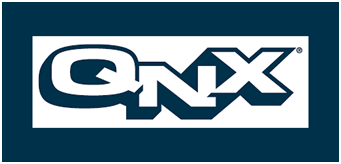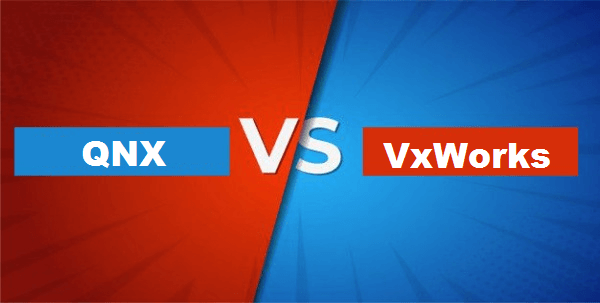Difference between QNX and VxWorks Operating SystemIn this article, you will learn about the difference between the QNX and VxWorks operating systems. But before discussing the differences, you must know about the QNX and VxWorks operating systems with their features. What is the QNX operating system?
QNX is a commercial OS that was developed by Quantum Software Systems in the early 1980s as a tool to aid in inventory planning and management solutions for commercial company enterprises. Operating systems use a message-passing architecture to transmit command functions to all connected devices. It runs on the real-time operation mode and offers users faster access. The system is built on a microkernel OS. The microkernel is a small OS that is utilized to convey basic operations to external devices, including device connectivity and thread management for numerous processes. The system needs a set of software requirements to accomplish this, which serve as the foundation for the system's activities. This system is commonly utilized in resource management systems to manage inventory and control related processes. The system may be applied on a single server for operation over the functions because the list of operations is limited to a single department. All processes in a QNX system are prioritized. As a result, the highest priority operation is completed first, and other processes follow in this order. Features of the QNX Operating SystemThere are various features of the QNX OS. Some features of the QNX operating system are as follows:
What is VxWorks Operating System?
VxWorks operating system is developed as the proprietary operating system that was developed by Wind River Systems, an entirely owned subsidiary of Aptiv. It was initially introduced in 1987. It is primarily designed for embedded systems that need deterministic and real-time performance. In many scenarios, it requires safety and security certification in industrial equipment, network infrastructure, transportation, defence, aerospace and robotics, medical devices, energy, automotive, and consumer electronics. It is compatible with AMD/Intel architectures, POWER architectures, RISC-V architectures, and ARM architectures. The real-time OS can be utilized in symmetric multiprocessing, multi-OS architectures, multicore mixed modes, and asymmetric multiprocessing on 32 and 64-bit CPUs. The VxWorks development environment includes third-party software and hardware technologies, kernel, Wind River Workbench development environment, and the board support packages. The real-time OS in VxWorks 7 has been redesigned with the kernel isolated from middleware, applications, and other packages enabling modularity and upgradeability. Additionally, it significantly benefits the network and communications. This operating system is used by well-known firms such as Cisco, Oracle, Motorola, Samsung, and Dell Power. It is highly configurable, easily adaptable, and provides a very secure use property for third-party holders. It is quite common in the networking, electronics, and communication industries. Features of the VxWorks Operating SystemThere are various features of the VxWorks operating OS. Some features of the VxWorks operating system are as follows:
Main differences between QNX and VxWorks Operating System
Here, you will learn the main differences between QNX and VxWorks operating systems. The operating system has various differences between QNX and VxWorks operating systems are as follows:
Head-to-head comparison between QNX and VxWorks Operating SystemHere, you will learn the head-to-head comparison between QNX and VxWorks operating systems. The operating system has various differences between QNX and VxWorks operating systems as follows:
ConclusionOS are fundamental programs that are necessary for a computing device to operate. Only the computer's hardware would function without the operating system, making it impossible to use it to do any tasks. The operating system is composed of a collection of rules in the code form that define how hardware may function to complete an operation. Such applications that run their architectures include the QNX and the VxWorks OS. Although both of these systems are made to handle business planning and scheduling tasks, they operate in very different ways. QNX systems operate in a messaging manner that sends control signals to all linked devices. On the other hand, VxWorks utilizes a shared memory design that allows it to run multiple devices at the same time. |
 For Videos Join Our Youtube Channel: Join Now
For Videos Join Our Youtube Channel: Join Now
Feedback
- Send your Feedback to [email protected]
Help Others, Please Share










